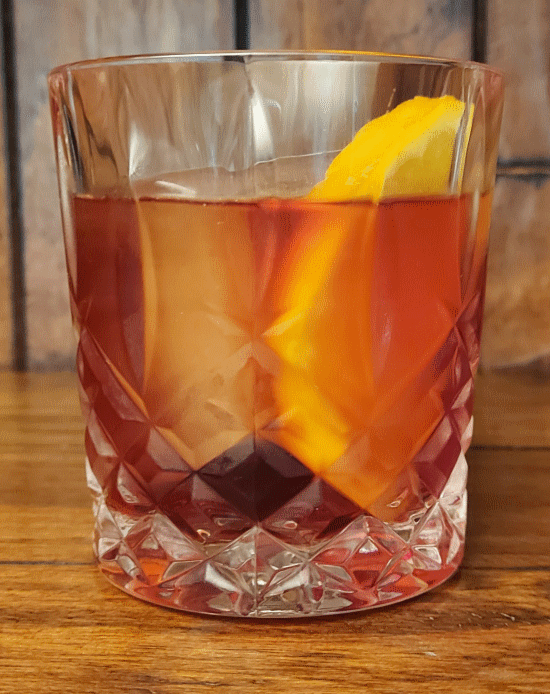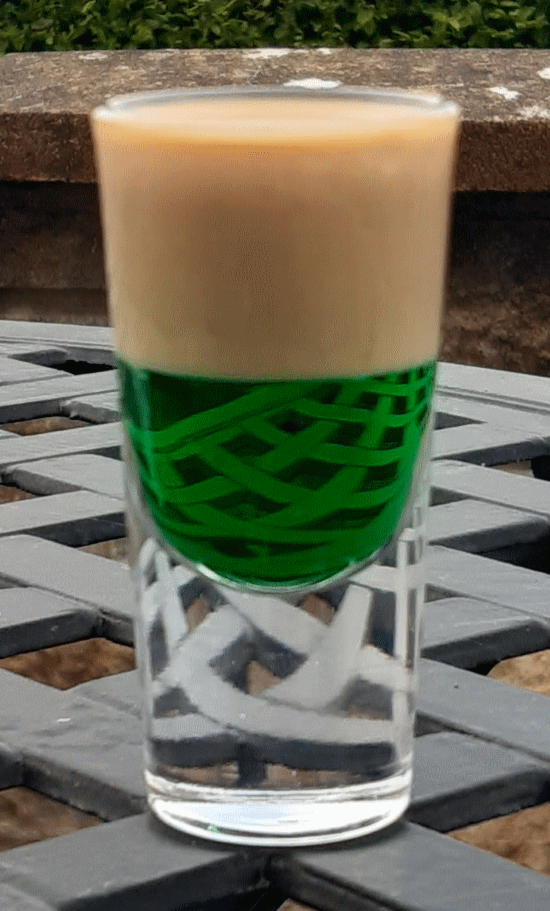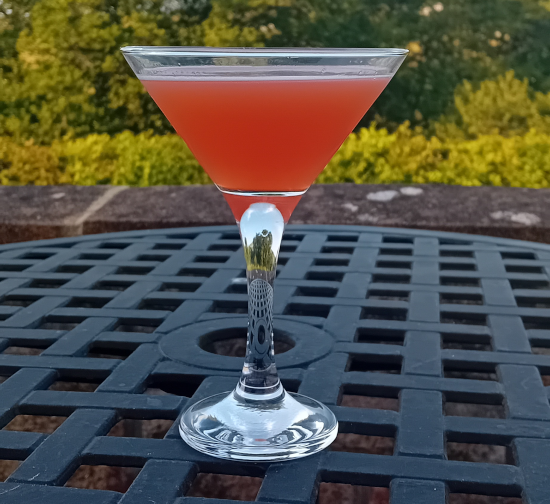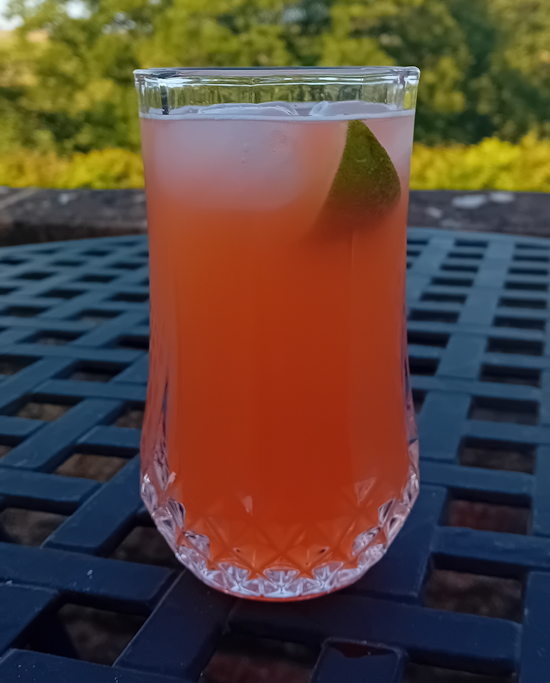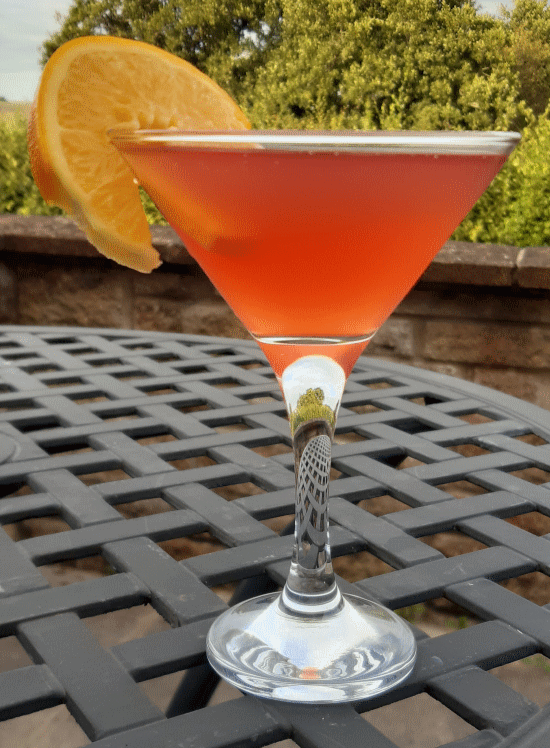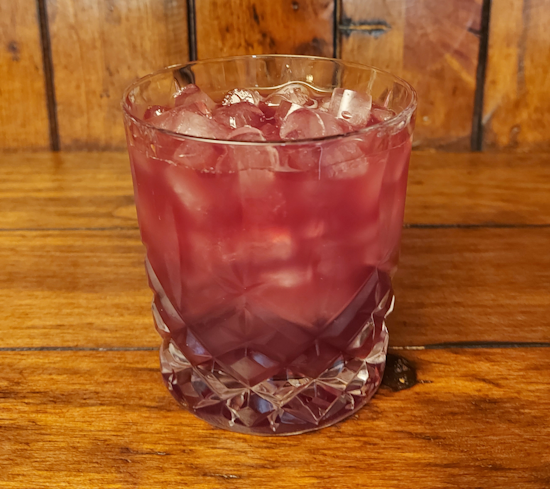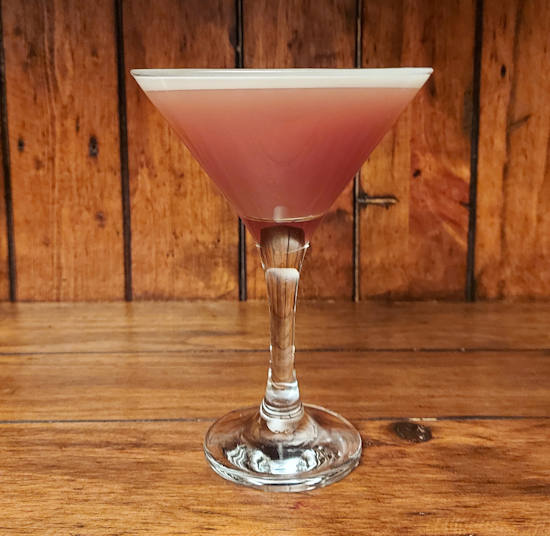Our first cocktail is the Key Lime Pie Martini, a cocktail version of the AMerican dessert pie.
Category: Cocktails
3rd #cocktail of #FridayNightCocktails on 30th June: South by Southwest
2nd #cocktail of #FridayNightCocktails on 30th June: Old Gal
1st #cocktail of #FridayNightCocktails on 30th June: Springbokkie
Our first cocktail is the Springbokkie (“little springbok” in the Afrikaans language) which is a cocktail shooter that is popular in South Africa; it is composed of crème de menthe and Amarula
The drink derives its name from the country’s national animal, and the colors from the team jersey colours (green and gold) of the South Africa national rugby union team, which is known as “The Springboks”. The ratio of Amarula to crème de menthe can vary substantially between recipes.
3rd #cocktail of #FridayNightCocktails on 23rd June: Paper Plane
Our third and final cocktail is the Paper Plane, which is perhaps the ideal aperitivo.
2nd #cocktail of #FridayNightCocktails on 23rd June: Aperol Gin Cocktail
Our second cocktail is the Aperol Gin Cocktail. A simple cocktail of aperol and gin.
1st #cocktail of #FridayNightCocktails on 23rd June: Paris Between the Wars
Our first cocktail is the Paris Between the Wars, an unlikely but nicely balanced mixture of Scotch and Campari.
3rd #cocktail of #FridayNightCocktails on 16th June: St. Charles’ Punch
Our third and final cocktail is the St. Charles’ Punch. This is a cocktail which goes back a long time, prior to 1862 when it was included in Jerry Thomas’ The Bar-Tenders Guide; this version was adapted by Matt Ray, beverage director, Ace Hotel New Orleans, New Orleans.
2nd #cocktail of #FridayNightCocktails on 16th June: Singapore Sling (Raffles Version)
Our second cocktail is the Singapore Sling (Raffles Version). A classic cocktail, created by barman Ngiam Tong Boon, at the Raffles Hotel, Singapore, prior to 1915.
1st #cocktail of #FridayNightCocktails on 16th June: French Martini
Our first cocktail is the French Martini was created in 1980s New York; it’s smooth, sweet, and creamy and only needs three ingredients.


